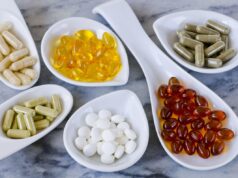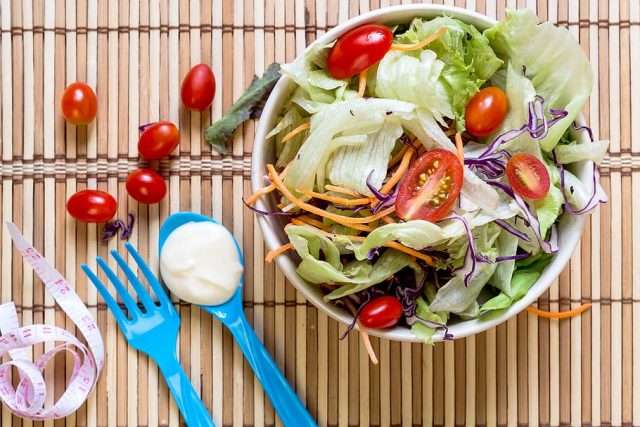
A reasonable drop in weight for most people is around a pound a week; after the first week, it decreases more due to the loss of fluid. For this, the safest and healthiest way to lose weight is to put in the hands of a professional through a comprehensive treatment that involves the incorporation of healthy habits, a new way of eating, and –also- to enjoy what you eat. That is a gradual process of changing habits, with which you can continue for life and without feelings of deprivation.
That is why the key is to include in the diet the most considerable amount of variety of foods and nutrients.
There are various tasty, versatile foods with full nutritional values that motivate the consumer while allowing a healthy diet to be carried out. For example, chicken is meat highly recommended by doctors and nutritionists for being low in fat while providing protein, folic acid, zinc, iron, and vitamin B12.

However, the lack of time usually plays a fundamental role: the less time available, the less availability to cook a homemade and balanced meal and the higher possibility of opting for unhealthy foods.
To counteract this barrier, some products such as fresh frozen foods – always prioritizing those with optimal nutritional value – have become an ally of all healthy eating plans. That is thanks to their available variety as they can be stored in the freezer and used when it is necessary, in addition to being practical and easy to do.
Some suggestions to make a proper diet in summer:
Do not follow the diet as a strict plan. The best thing is to incorporate changes gradually.
Give yourself a planned allowance and treat yourself weekly, consuming a non-diet food in moderate quantities, such as medium ice cream or two slices of pizza

Sample five-meal menu
Breakfast:
One matte fat with toast with cheese spread and fruit slices
Midmorning:
One apple
Lunch:
Ringlet noodle salad with carrot, corn, tomato, arugula, and tuna
Snack:
-One trifle of yogurt with fruits and some dried fruits
Dinner:
Vegetable wok with chicken strips
Bonus track: the best snacks for the summer
Fresh fruits
Celery sticks
Carrot sticks
Cherry tomato
Peanuts and some dried fruits
Fruit smoothie
Yogurt
Hard-boiled egg
Natural ice cream scoop with fruits
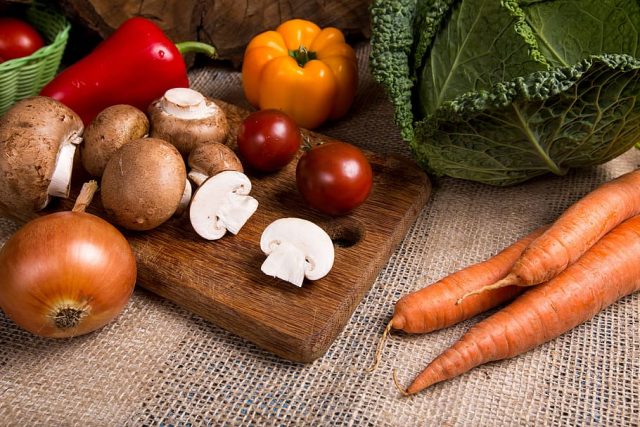
-You should consume fresh fruits and vegetables, whole and, when possible, in their shell. Prioritize the seasonal ones and wash them thoroughly before consuming them. If you are going to transfer them, they should have the minimum time of exposure to heat. Preserve with added ice packs. If you want to find out more about the subject, diettosuccess.com can provide you with some valuable information.
-If you make smoothies or juices, consume them immediately.
Recommendation: Avoid eating snacks while you are in front of the television, the computer, or while reading or driving.
– Store healthy snack options to always have them available. Leave a fruit bowl visible so that they are close to you.
– Accompany your snacks with water. Don’t forget to hydrate yourself regularly.
What are the summer seasonal foods?
During the summer, as it is the time when the recess of student and work activities takes place, some changes affect eating habits.
In this season, characterized by the highest temperatures and best time for outdoor activities, it is essential to prevent dehydration by taking advantage of foods rich in minerals and with the right proportion of water.
And since we know that it is the best option for the whole family, we always prioritize the consumption of organically grown food in our diet.
Despite the changes in the rhythm of daily activities, in the varied and balanced diet -which is recommended for the whole year-, summer offers the particular advantage of consuming food more naturally and making the most of its benefits.
The general recommendations related to summer food focus on:
-At least three pieces of fruit, one of them corresponding to a citrus
-At least two pieces of vegetables, preferably raw
Correctly wash fruits and vegetables before consuming them. At this point, the consumption of organic food gives us the security of not containing undesirable substances.
Keep foods refrigerated, as they tend to spoil more quickly.
Drink enough water (even if you are not thirsty).
Did you know that fruits and vegetables can be consumed in green smoothies? That is an excellent way not to waste the fiber content of food, to enjoy its flavor, and take advantage of its high content of water, vitamins, and minerals. And, of course, we cannot forget to include vegetables in dishes such as salads and fresh garnishes that accompany other food groups such as fish, legumes, eggs, cereals, and meats.
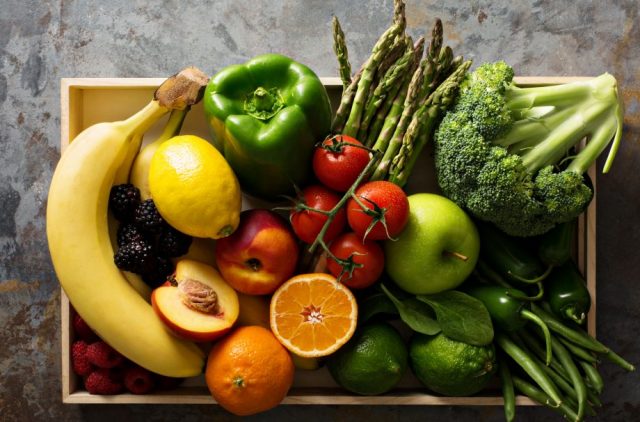
What is seasonal food?
It could be said that they are foods that occur in a specific seasonality, in which the food is at the optimum moment of the development of a species.
That is why, in the broadest definition, seasonal foods satisfy three dimensions:
-They are healthy: since the growth and maturation of the fruits are carried out without forcing the processes and the natural cycle.
-They are domestic: prioritizing agroecological production that, in addition to promoting fair trade, reduces CO2 emissions.
-They are cheaper: the increase in the supply, particularly of perishable products, impacts on the price of food.
The processes to control or force the growth and maturation of the products, in general, impact on the organoleptic properties of the food (taste, smell, color) and, of course, on its nutritional value.
Traceability, which allows knowing the origin and movements of food through each stage of its production, transformation, and distribution, is particularly relevant. That is because, in addition to requiring that data form part of the identification of the product, it allows knowing with certainty the scale and type of economy of which they are part.
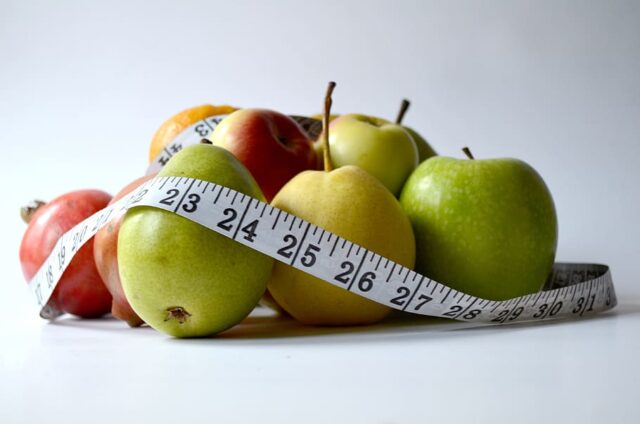
Nutritional benefits of seasonal foods
The nutritional quality of food is based on the micro and macronutrients that they provide us.
Macronutrients are the ones most needed (proteins, carbohydrates, and lipids or fats); Micronutrients are essential for many body processes, such as the regulation of metabolic processes, but are needed in small amounts (vitamins and minerals).
In this sense, fruits and vegetables are an essential element in the diet, providing vitamins, mineral salts, and fibers, in addition to water, in proportions that are adequate and especially required during the summer.

They are foods with low caloric value -essential to prevent heat stroke- but they also provide:
-Carbohydrates.
–Vitamins, such as carotenes (pro-vitamin A), vitamin C and various vitamins of groups B and E.
-Minerals, essential during the season in which the body faces high demand from thermoregulation, mainly affecting sweating through which water, salts, and minerals are lost and must be continuously replaced to avoid dehydration and heatstroke.
-Water, some fruits and vegetables can reach 90% of water, which facilitates rehydration, although it does not replace the indispensable intake of freshwater.
The nutritional quality of fruits and vegetables varies depending on various factors, from the quality and treatments to which the seeds have been exposed, whether they are conventionally grown or organically grown, the climatic conditions and the circumstances or processes they went through for their commercialization.


